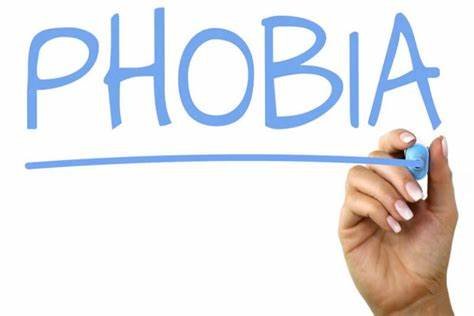Discussions about the so-called “crisis” in mental health seem to permeate every corner of contemporary discourse. The mental health system, we are told, is broken. The crisis is dire, and solutions must be radical. Yet, I haven’t been practicing for decades, and I’m still relatively young, but from the moment I first understood mental health as an entity—something tangible within our collective understanding—this crisis has always been present.
The mental health crisis, as it is often framed, is not a recent phenomenon. It stretches back decades, perhaps even further. But I find myself questioning the true nature of this crisis. Maybe, just maybe, there is no crisis.
Of course, this isn’t to dismiss the very real struggles of those seeking treatment, battling for access, or facing inequities in care. These are critical issues—pillars that shape the mental health landscape. However, I propose that the root of the “crisis” isn’t embedded in treatment gaps, poor access, or even a lack of best practices. Instead, the crisis lies in how we—collectively, as a society—understand mental illness, madness, and disorder.
This line of thinking ventures into the sociological, drawing inspiration from thinkers like Foucault, who unraveled the relationship between society and madness. Historically, madness was not part of mainstream conversation. It lurked in the shadows, taboo and hidden from view. Before institutionalization, there were no widespread narratives of recovery or rehabilitation—just quiet concealment. The rise of asylums and psychiatric warehouses shifted madness from invisibility to confinement, yet still, it remained sequestered, distanced from the fabric of everyday life.
The language surrounding mental health evolved alongside these shifts. Madness became “illness,” and in the post-institutional era, we framed these experiences as “disorders”—treatable aberrations of health and wellness. The shift wasn’t just linguistic. It permeated every cultural intersection between society and the psychiatric patient. The soul became the mind, and with it, medicalization wrapped itself around the entire concept of mental health.
And yet, here is the radical proposition: There is no crisis.
The crisis, I argue, is manufactured—woven into the fabric of society itself. The issue lies not within the mental health system alone but within the social apparatus that dictates who is “normal” and who deviates from the norm.
The crisis exists because we have, for the first time in Western history, brought people with mental health conditions out of the shadows and into the public sphere. No longer hidden behind institutional walls, people with psychiatric diagnoses walk among the general population, participating in daily life alongside everyone else. This shift—this visibility—is the crisis.
For centuries, those deemed mentally ill were separate, out of sight. Now, they are here, present, and interwoven within the same spaces as those without a diagnosis. This integration unsettles the cultural apparatus. The crisis, then, is not about mental health itself. It is about fear—the fear of the unknown, the unpredictable, the ripple created when someone labeled “different” disrupts the perceived norm.
When someone with a mental health condition makes headlines for dangerous or unusual behavior, the fear embedded within society intensifies. This panic drives the need to label, regulate, and contain. Society marks and separates those who do not align with the constructed standard of “health,” and through this marking, the crisis perpetuates itself.
This is not accidental. It is intentional. Society manufactures this fear under the guise of protection and care—“for their own good.” But beneath this rhetoric lies another motive: to mark those with mental health conditions as potentially dangerous, reinforcing their otherness. This justification fuels legislative shifts, forced treatment laws, and broader systems of control that exist not to heal but to manage and contain.
Ultimately, the crisis is not born from a lack of resources or treatment. It emerges from the cultural machinery designed to preserve order by identifying disorder. We fear what we cannot control, and rather than sit with that discomfort, we create systems to quarantine and regulate those who disrupt societal norms.
In this way, the mental health crisis is not a failure of psychiatry or medicine. It is a failure of culture—a reflection of how deeply fear shapes our institutions and relationships with one another.
Perhaps the real solution is not just reforming mental health care but rethinking the narratives we tell ourselves about madness, illness, and the human condition. Until then, the crisis will persist—not in hospitals or clinics, but within the very heart of our society.
Max E. Guttman is the owner of Mindful Living LCSW, PLLC, a private mental health practice in Yonkers, New York.
- Max E. Guttmanhttps://mentalhealthaffairs.blog/author/max-e-guttman/
- Max E. Guttmanhttps://mentalhealthaffairs.blog/author/max-e-guttman/
- Max E. Guttmanhttps://mentalhealthaffairs.blog/author/max-e-guttman/
- Max E. Guttmanhttps://mentalhealthaffairs.blog/author/max-e-guttman/






